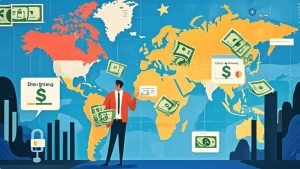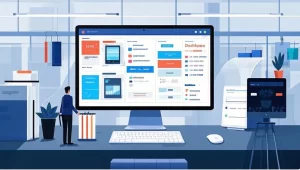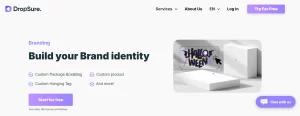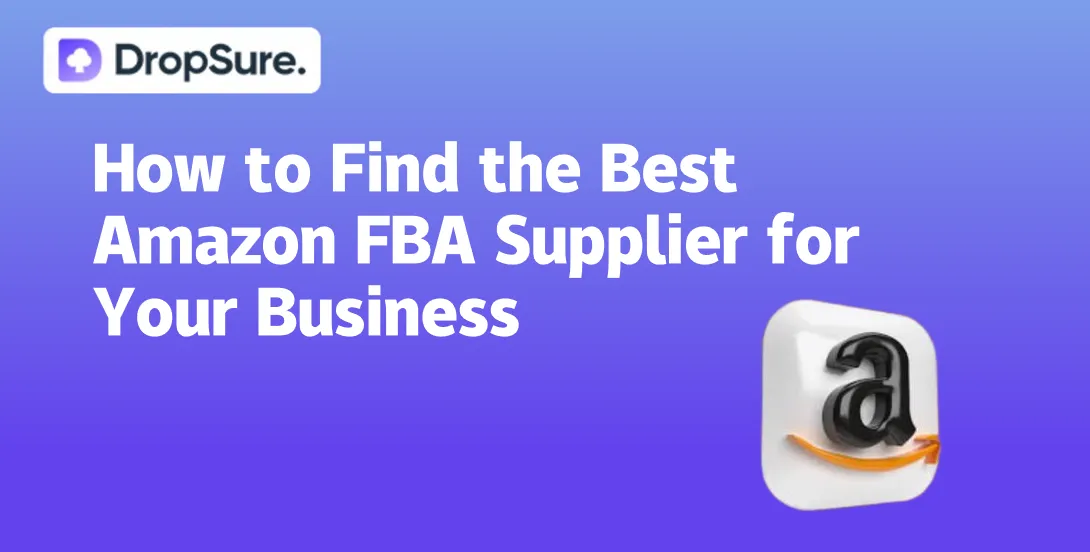Secret 1: Break through language barriers and reach users accurately.
Nowadays, the fire of TikTok Shop is obvious to everyone. 2024, the GMV of TikTok Shop has exceeded $50 billion, of which 30% of the orders come from live streaming with goods. Isn’t that a bit surprising? Behind this is not only the accumulation of traffic, but also the result of accurate user reach and high conversion rate.
1. Breaking the language barrier by utilizing multi-language subtitles
Some Middle Eastern sellers are smart enough to utilize tools like CapCut to automatically generate multi-language subtitles during live broadcasts. This way, even an English video can be adapted to Arabic, Spanish and other languages at the same time, ensuring that viewers in different languages can understand the content. This multi-language processing greatly improves their global coverage, allowing a video to instantly cross the language divide and accurately hit more consumers.
2. Live broadcast in time zones for refined reach
What’s more interesting is that they also invite local netizens to “live broadcast by time zone”. What does this mean? Simply put, the same product, the morning they demonstrate the office scene for European and American users, and then switch to the home scene in the evening, for the Asian audience to show. This live time zone and content flexible switching strategy can help sellers in the global maximize the reach of potential customers, improve the conversion rate, to ensure that the coverage of different markets without dead ends.
Secret 2: Turning environmental concepts into a brand plus point
Eco-friendly is no longer a “concept”, but a practical need that is increasingly important to consumers, especially Generation Z. A good example is the British brand Bamboozy, which has successfully turned the concept of eco-friendly into part of its brand and won the market. A good example is the British brand Bamboozy, which has successfully transformed the concept of environmental protection into part of its brand and won the market.
1. Innovative materials, breaking with tradition
Bamboozy replaced the plastic component in traditional sanitary napkins with bamboo fibers, which cost 200% more, but they made consumers feel the brand’s eco-friendly value by introducing FSC forest certification and GOTS organic textile labels, as well as innovative packaging design. This not only increased the brand’s market recognition, but also won the favor of more consumers.
2. Eco-friendly Packaging and Low Carbon Footprint
They also use seaweed extract as the filler of sanitary napkins, which costs 15% less than Styrofoam and can naturally degrade within 30 days. Eco-friendliness is not only reflected in the product itself, the packaging has also been greatly optimized. Data shows that 67% of Gen Z consumers are willing to pay an extra 10% for eco-friendly packaging, indicating that eco-friendliness is no longer just an idea, but a driving force in their consumer decisions.
Secret 3: AI enhances the user experience across the board
The use of AI has revolutionized the landscape of the e-commerce industry. Whether it’s in improving user experience or reducing operational costs, AI has shown great potential. Next, see how AI brings these changes.
1. Personalized recommendation to improve the customer unit price
Imagine a fashion brand using Nosto’s recommendation algorithm to dynamically adjust the page layout and product recommendations based on the user’s browsing and buying behavior. What’s the result? AI’s real-time data analysis allows merchants to accurately capture the needs of consumers, no longer just push random products, but for each user tailored recommendations, which greatly enhances the user’s desire to buy.
2. AI customer service to help reduce costs and increase efficiency
In addition to recommendation algorithms, the application of AI in customer service is also becoming more and more widespread. AI plug-ins like ChatGPT can automatically handle 70% of common problems, including order tracking, return and exchange policies, and so on. In this way, it not only greatly improves the response efficiency, but also reduces the pressure of manual customer service and lowers operating costs. Moreover, AI’s 24-hour online service ensures that customers get timely answers anytime, anywhere, enhancing the user’s shopping experience.
3. AI arbitration system to improve after-sales efficiency
Here comes the coolest part: the AI arbitration system. When a transaction dispute occurs, AI analyzes historical data, communication records and even user emotions, intelligently determines the problem through algorithms, and gives a solution. Such a system can compress a dispute that would normally take 7 days to resolve into just 2 hours! A 3C seller saw a 55% drop in dispute resolution costs after introducing this system.The speed and accuracy of AI has greatly improved after-sales efficiency and user satisfaction.
Secret 4: Precise localization to capture emerging markets
Emerging markets, especially in the Middle East, Southeast Asia and Latin America, are becoming the new engines of growth for global e-commerce. However, a precise localization strategy is key to success in these markets.
1. Ramadan and White Friday in the Middle East market
Taking the Middle East market as an example, Ramadan and White Friday sales events are the peak selling seasons for local merchants, even contributing to 45% of the year’s sales. Therefore, sellers must pay high attention to these specific festivities, especially when designing websites that require a right-handed layout to accommodate right-to-left reading. Meanwhile, 60% of transactions rely on cash payments, making support for cash on delivery (COD) an essential feature.
2. Local warehousing and language support in Southeast Asia
In Southeast Asian markets, local warehousing and local language support are almost standard. In order to win the trust and satisfaction of local consumers, sellers must provide Malay-language customer service and ensure fast local delivery. In addition, local consumption habits and preferences need to be taken into account, such as the fact that many consumers prefer to pay in installments. Therefore, providing convenient installment services will greatly enhance users’ willingness to buy.
3. Demand for installment payment in the Latin American market
Consumers in the Latin American market are particularly fond of installment payment, especially for bulk commodities. A furniture seller in Peru saw its customer unit price soar directly from $200 to $850 by launching a 12-period interest-free installment service. This strategy directly addresses the price barrier, while also conforming to local consumers’ payment habits, allowing the merchant to stand out in a competitive market.
Avoid Fatal Pitfalls: The Pricey Lessons Newbies Have Paid

Trap 1: The Illusion of Low-Priced Bestsellers
Many beginners fall for the “free shipping for $9.9” model, overlooking hidden costs. For example, a product priced at $10 may have logistics costs that account for 50%, with a return rate as high as 25%. Even more dangerously, ultra-low-priced products often attract bargain hunters, who are three times more likely to leave negative reviews than regular customers.
The real opportunity lies in the “light luxury value-for-money” range of $30-$100. Anker’s 65W GaN power bank is priced at $79, and thanks to its technological edge and design, it has long been a Best Seller on Amazon.
Trap 2: Ignoring the Psychology of Logistics Timing
Consumers’ tolerance for waiting is collapsing. Data shows that if delivery takes more than 7 days, abandonment rates rise by 64%. For every day the delivery time is reduced, the repurchase rate increases by 3%.
European sellers can achieve 3-day delivery via the Cainiao Paris warehouse, while U.S. sellers should prioritize USPS Priority Mail services. Although shipping starts at $7.5 per item, the increase in conversion rates more than covers the cost. A clothing seller switched to air freight, and despite a 12% increase in logistics costs, their 30-day repurchase rate grew by 21%, leading to an overall profit margin increase of 5%.
Trap 3: Betting Against Platform Rules
Amazon’s compliance regulations are tightening year by year. The new rule for 2024 prohibits adding 5-star rating stickers to images, with violations resulting in immediate removal. If promotional words like “Free Shipping” appear in the title, the listing will be reset.
Tools are the best allies for compliance. Helium 10’s Listing Builder can automatically detect prohibited words, while Trademarkia scans trademark databases to prevent accidental infringement. A pet product seller eliminated 134 potential infringement risks during the product selection phase and eventually built a self-owned brand that generates millions in sales annually.
Follow the 3 Steps to Become One of the Richest Dropshippers

Step 1: Use data to help you identify market opportunities
In the world of e-commerce, finding a market that is bursting with potential is like finding a gold mine. So how do you know which market has potential? First of all, Google Trends is your best friend. For example, if you see that searches for “meditation aromatherapy machines” are growing 180% per year, isn’t that interesting? However, trends alone are not enough, we need to use tools like Jungle Scout to verify that the market is really that big.
How to do it:




 17 min read
17 min read












